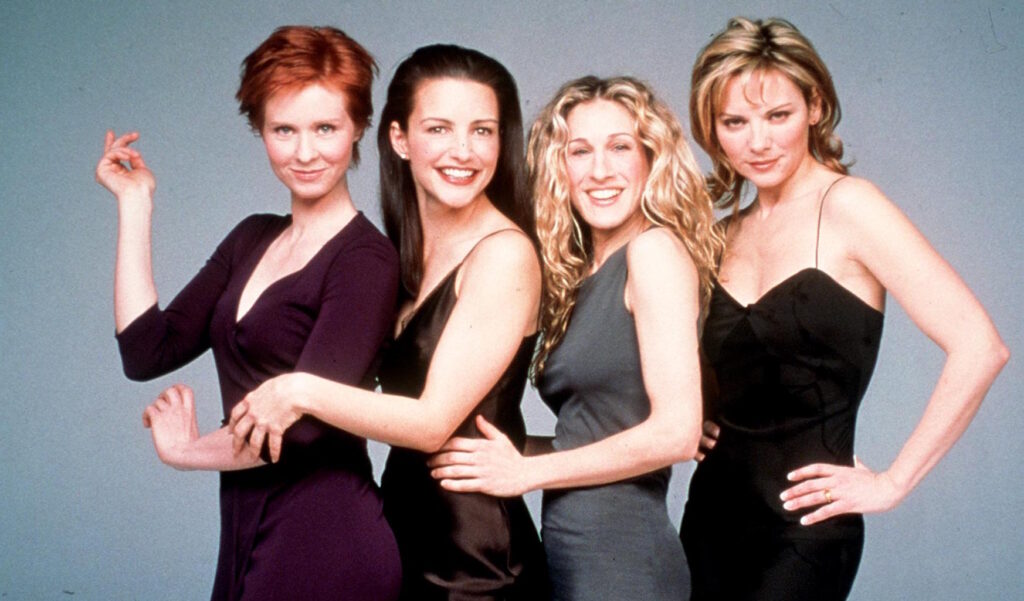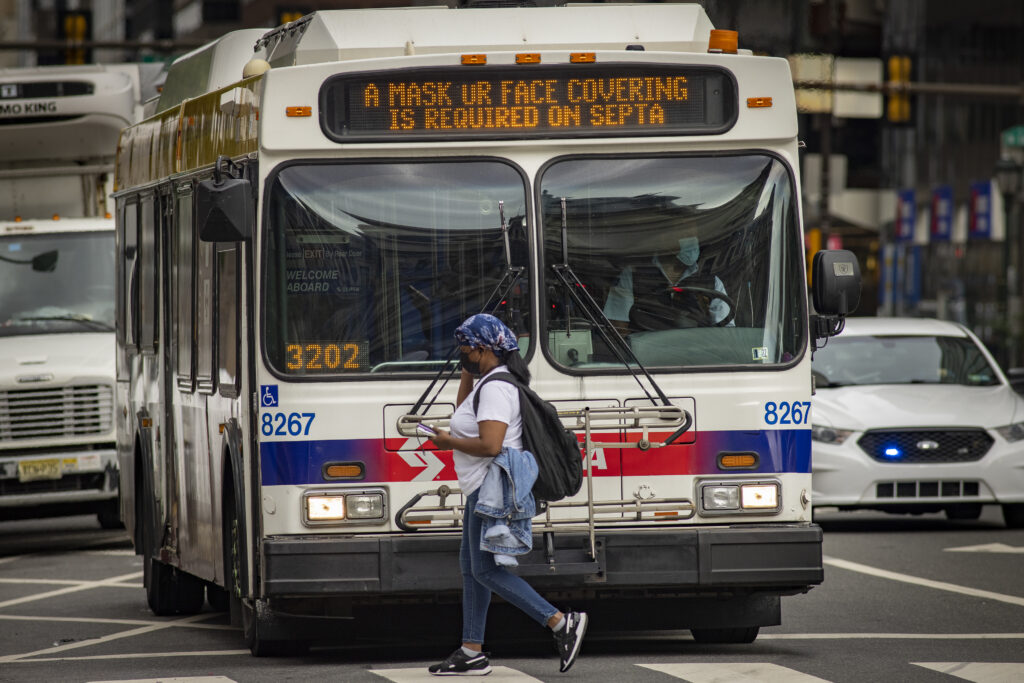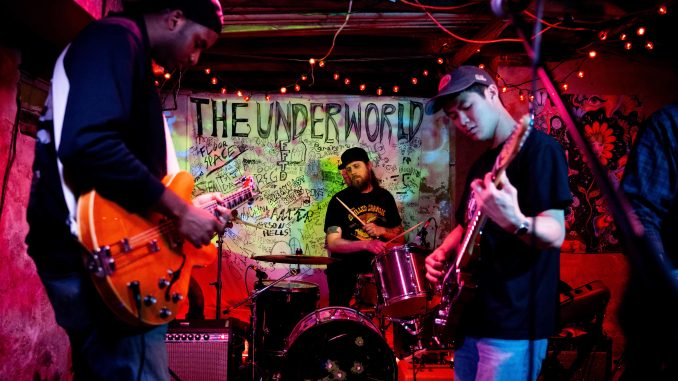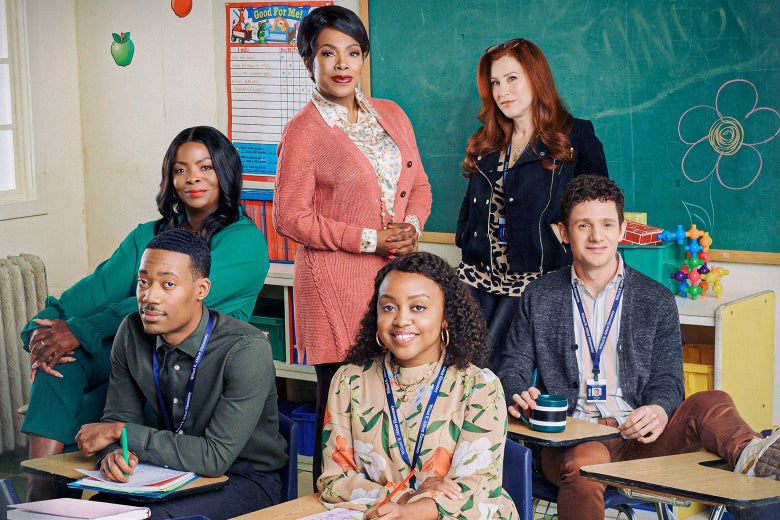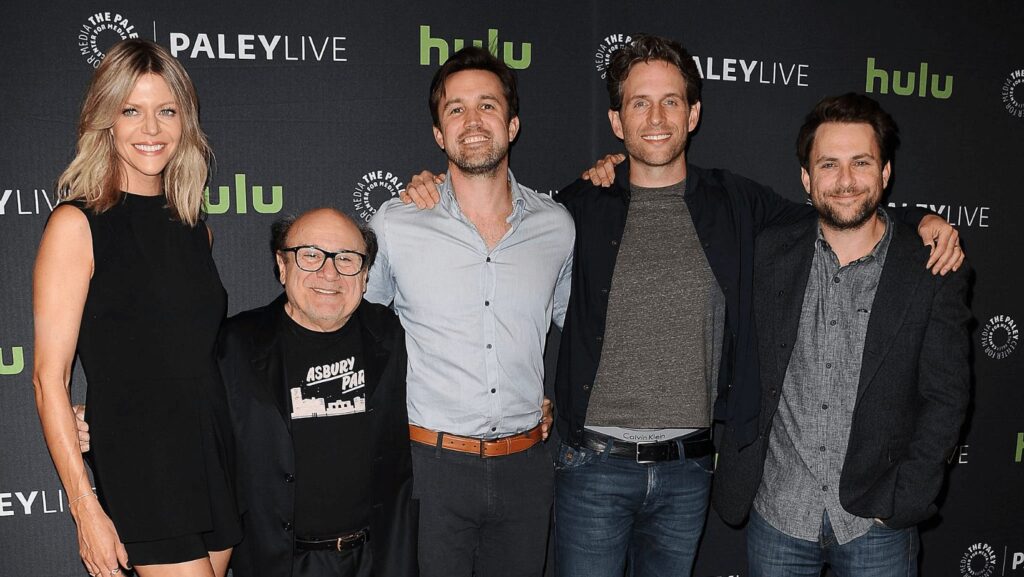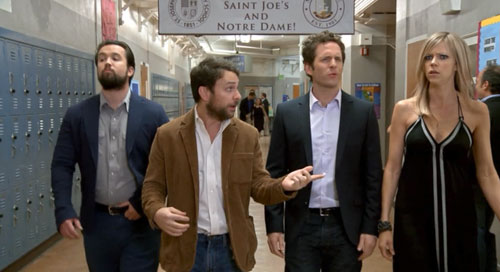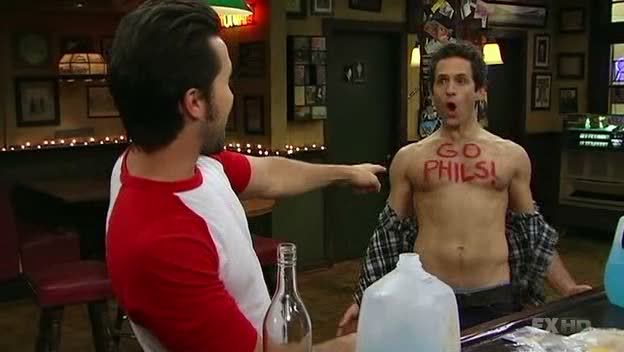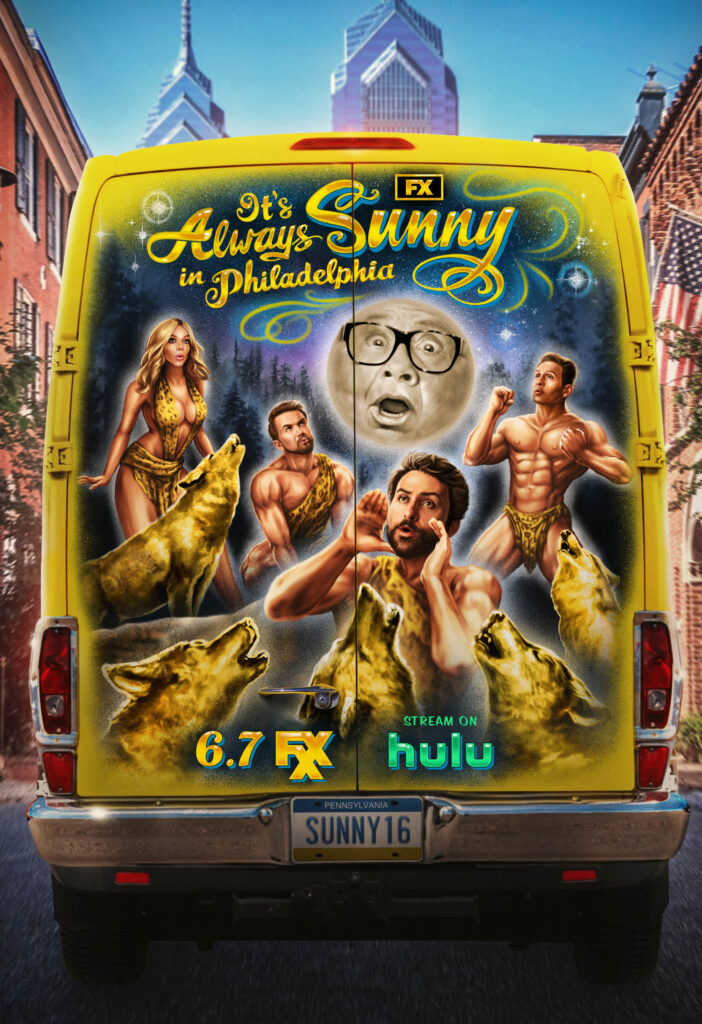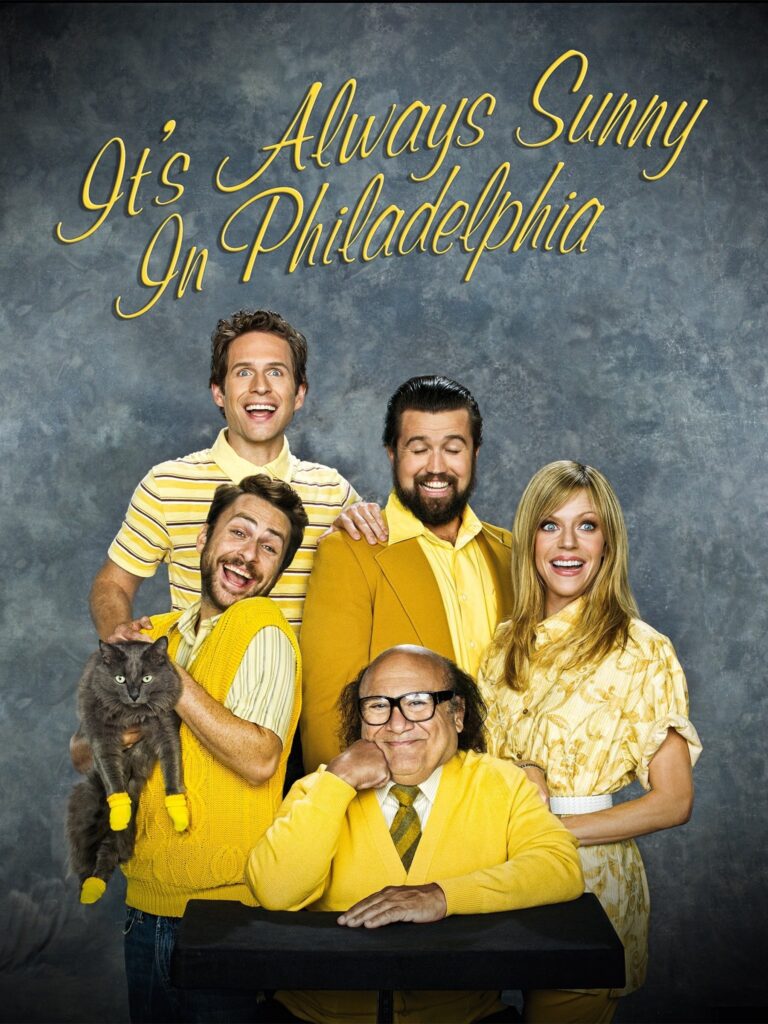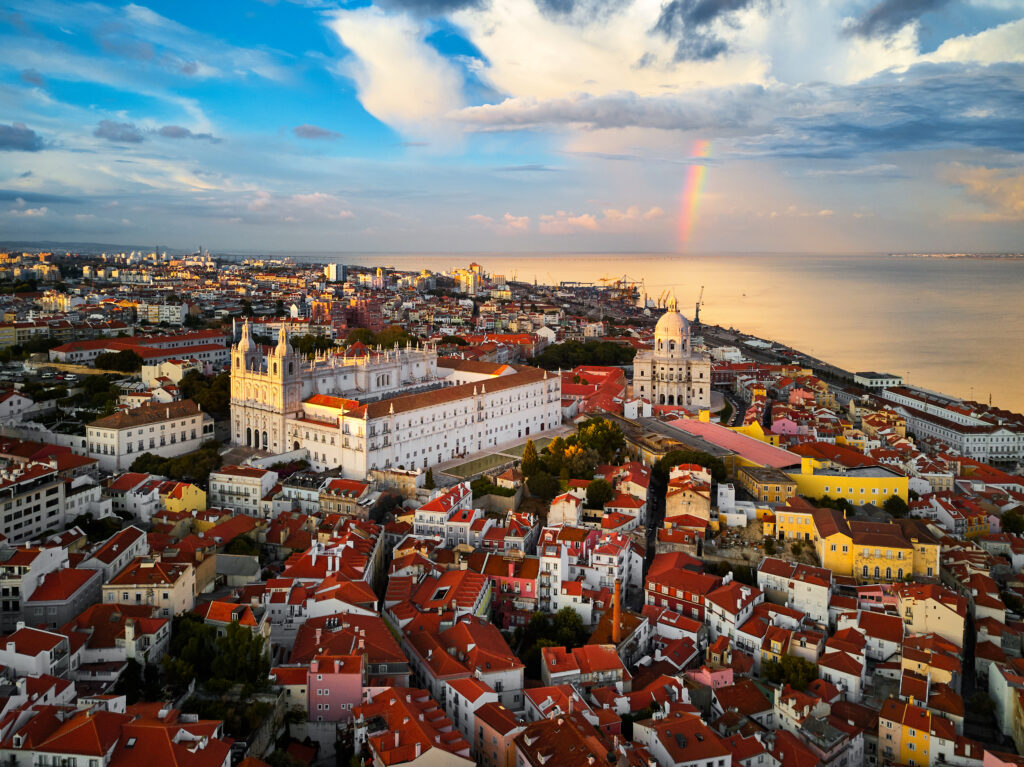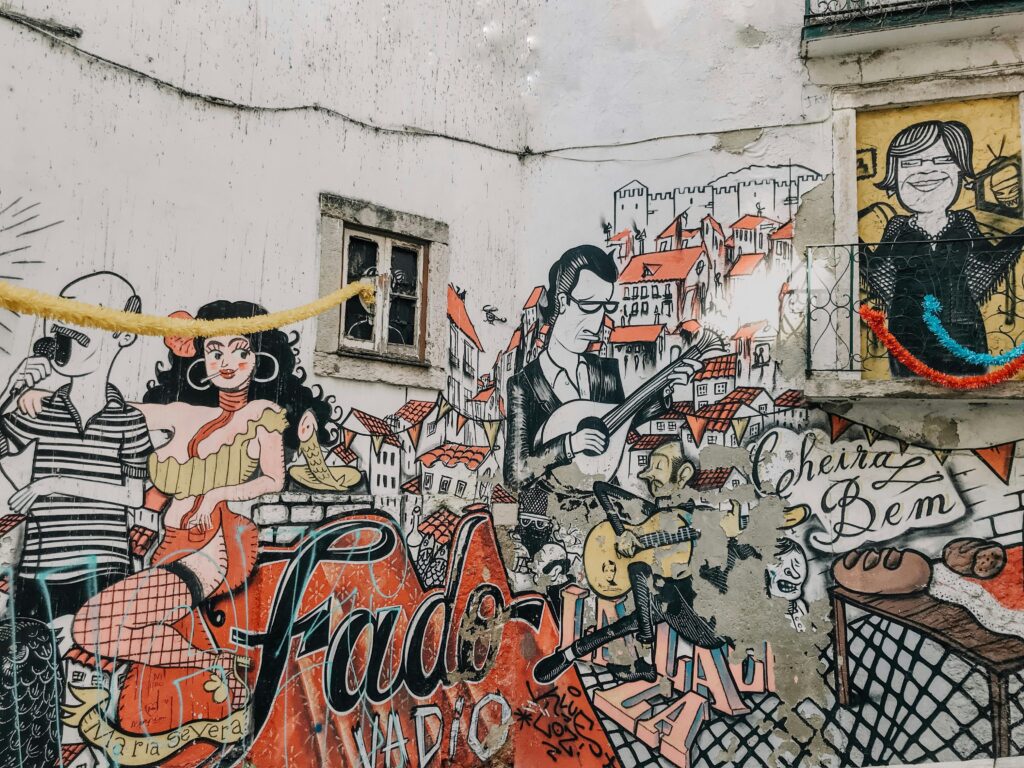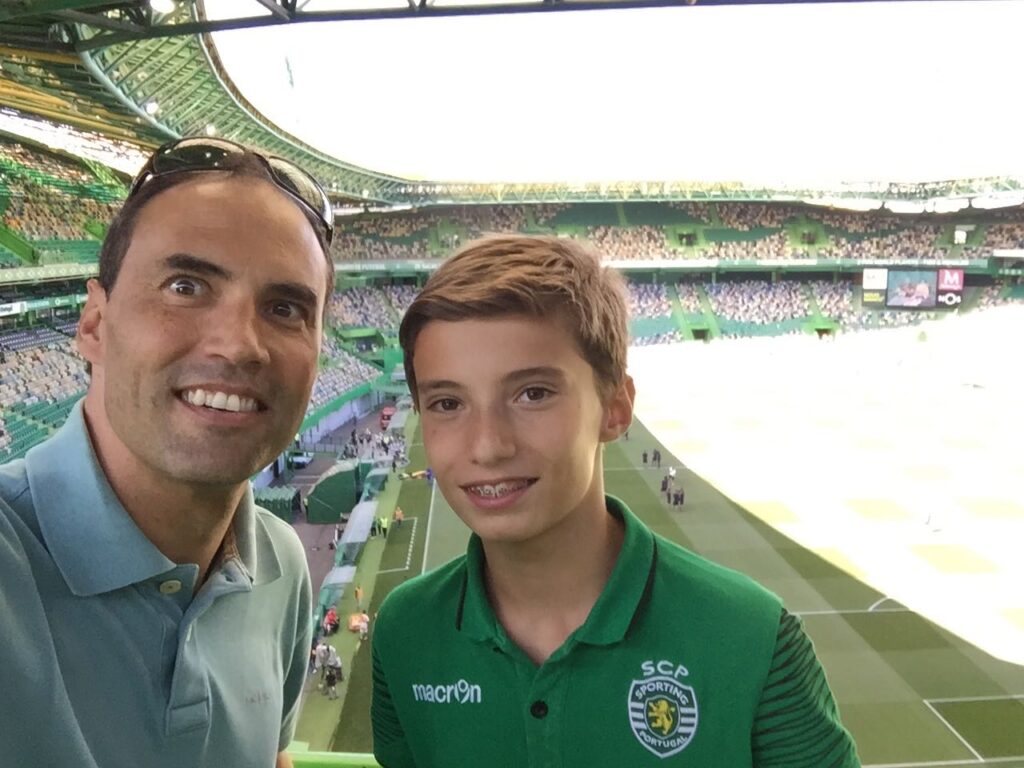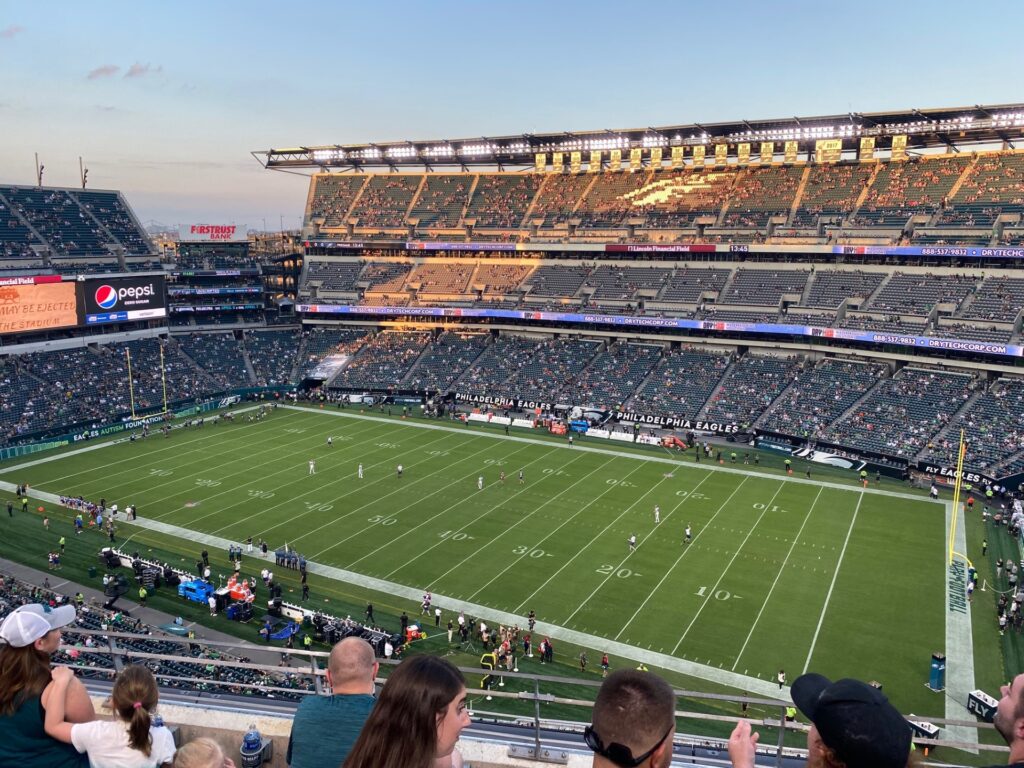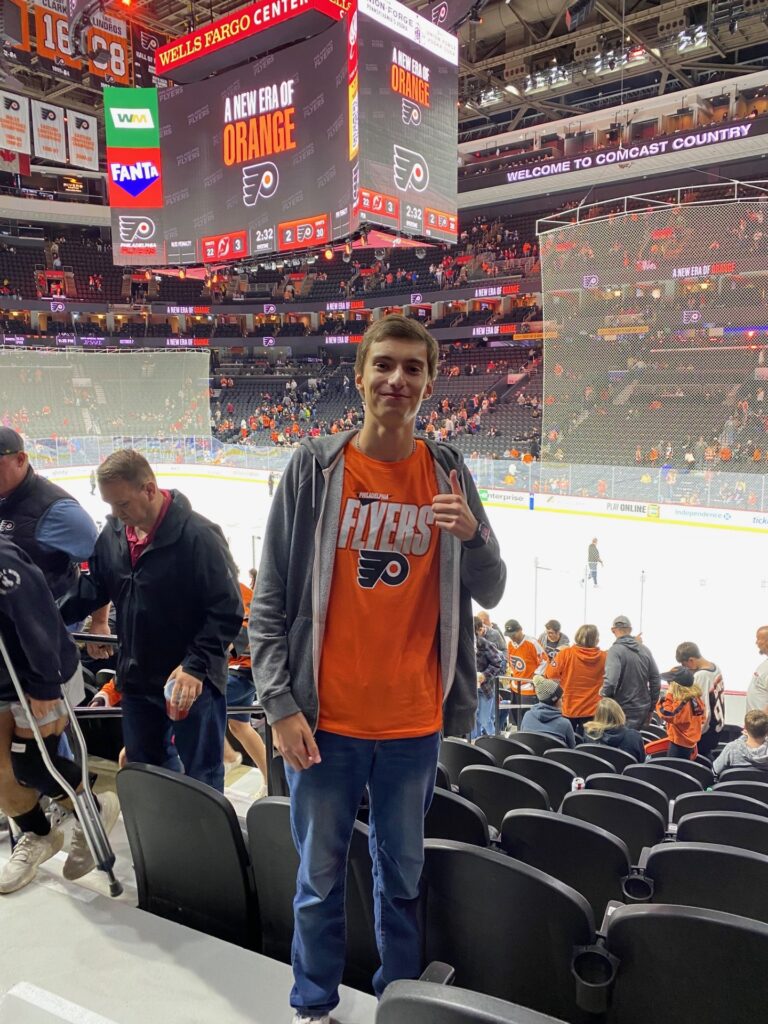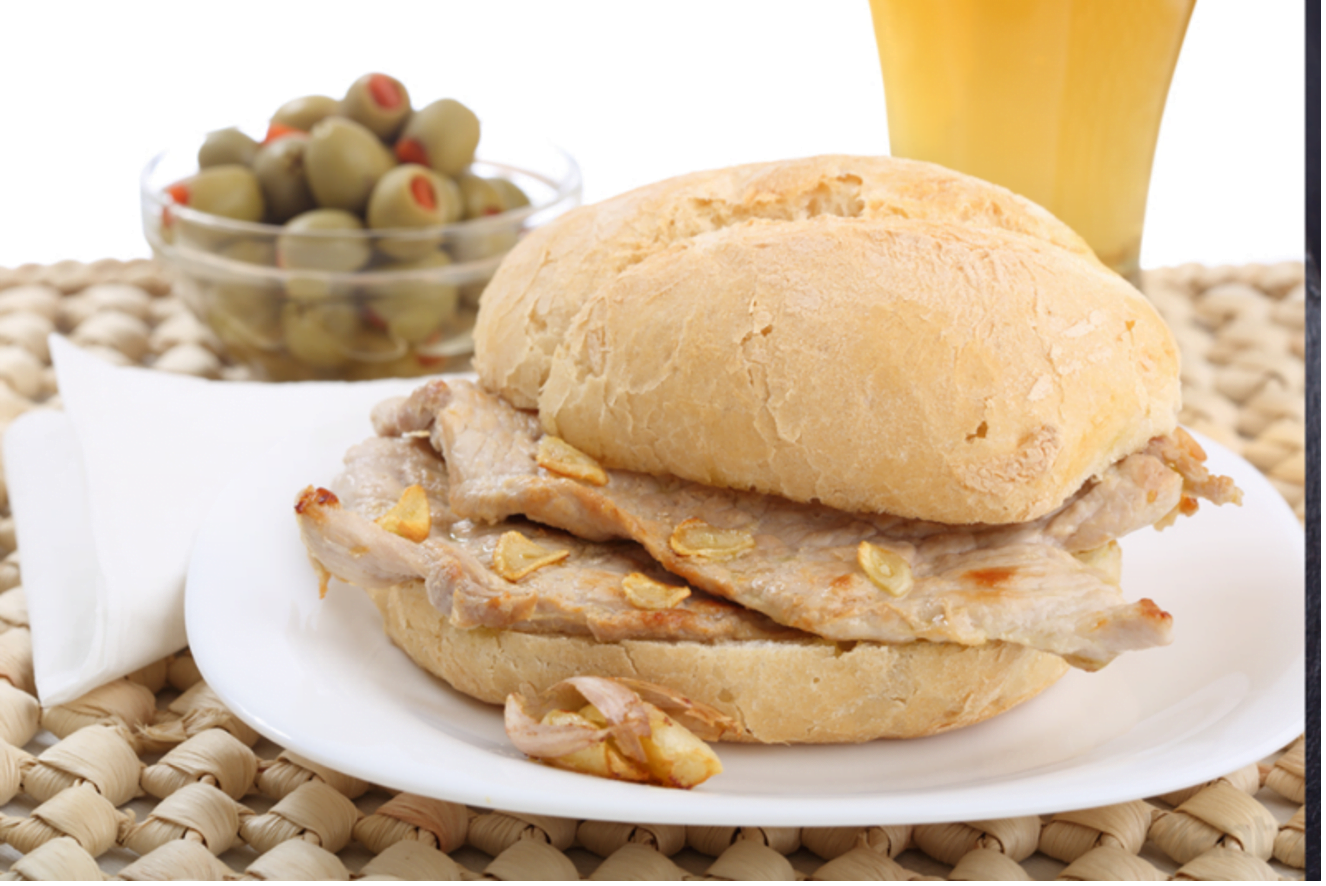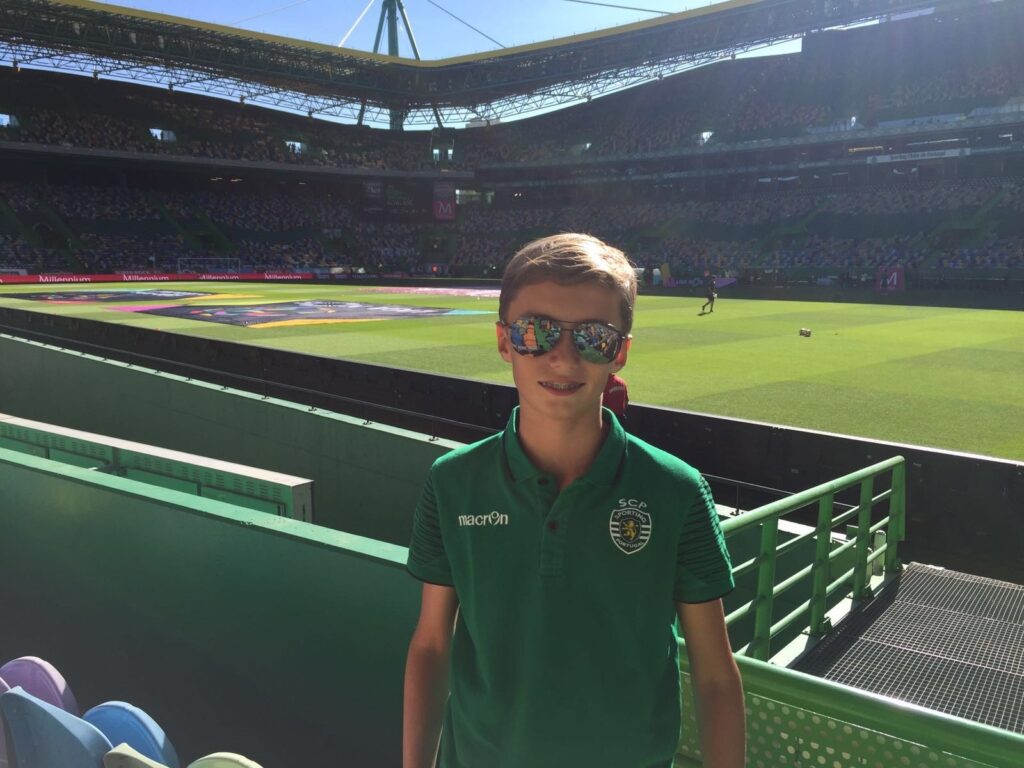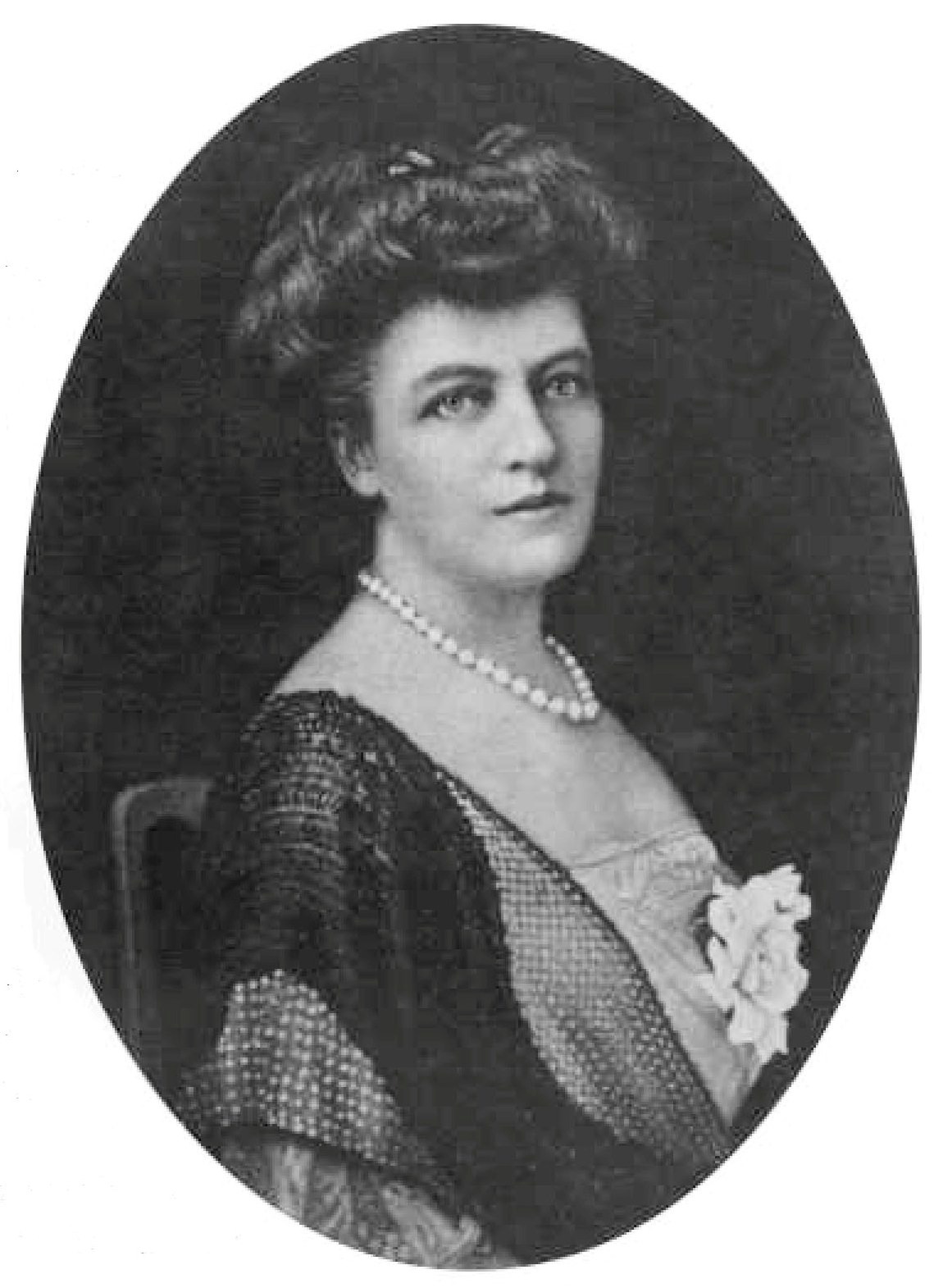When I was a kid I wanted to be a scientist. My mom is a microbiologist, so growing up I would go to “Take Your Child to Work Day” at the NIH. She’d take me to nature centers, laboratories, and Maker Faires. My dad would teach me Scratch programming and we would break apart old computers, printers, and other devices together. I was very much a STEM child. I loved science, I loved to create, and I loved the outdoors. That’s why I find it all too surprising to look back on, as I’m now pursuing a media production degree in one of the biggest cities in the country. You can call it what you want. Dead dreams. New passions. Growing up. But what I’d call it is one of the best decisions I’ve ever made for myself.
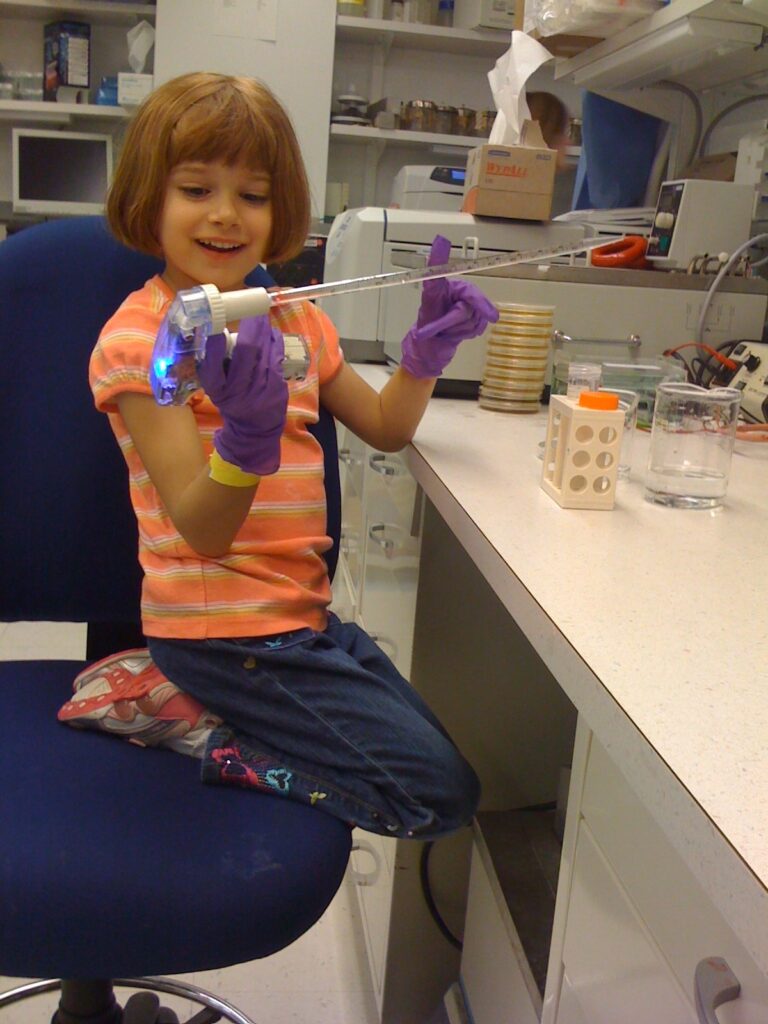
As a first-year student, fresh out of high school, living in Philadelphia for the first time, I was lonely and beyond lost. I hardly remember who I was, afraid to make friends, worried there was nothing to really tether me to this place that I wanted to become a new person in. I wanted to ease myself in and take the semester slowly, so I didn’t join any clubs. That was a mistake. I found myself a month into classes, with little to no one to talk to in my free time. That’s when I decided to get back to my roots in the outdoors. I’m an avid hiker when back at home in the suburbs. It’s quite easy to jump in my car and drive off to some state park, walk a few miles, and drive home. It’s something that made me appreciate my car – the autonomy it granted me. At school, I can’t afford to keep my car here all year long and the only big spot of nature to hike in is the Wissahickon, which is ages away. So, I decided to explore the city. After all, it is somewhat of a historical and cultural feat, why would I lay in my dorm all day waiting for something to happen to me when I could be out seeing it all?


Being from the DC area, I’m used to the almost-anal cleanliness of the metro, so riding the Broad Street Line for the first time was a bit of a culture shock. Urine, pollution, trash, and all manners of smoke attack the nose upon descending into the stations. It was daunting and gross at first, but I forced myself not to care, thinking it was a little childish to complain about. The first trip I took on SEPTA was to Center City. DC has a building height limit, this was the first real chance I got to be surrounded by skyscrapers, apart from family trips to Chicago as a child that I hardly remember. This new environment enthralled me. I just had to explore. It’s quite easy to lose one’s sense of direction in the middle of Philly, but I find great comfort in memorizing the patterns of the streets, which was my main goal in this walk. I remember stopping at Rittenhouse Square and being amazed. The park isn’t novel to the average passerby by any means, it’s like another tourist attraction to them, but at the time it felt like the place to be. The hustle and bustle of it all was exactly what I was looking for. It felt like a real city experience. I felt like I was learning how to live here, but I didn’t feel like I could break out of my shell just yet.
On August 19th, I celebrated my 18th birthday. It’s the first birthday I ever spent alone, without family or friends, or anyone really, and I hope it’ll be the last. As a gift to myself, I took the bus to the Philadelphia Museum of Art, and it really kicked off how I could actually feel at home here. Sure, I was lonely as hell, but it was my first moment being a real adult. I think that’s when I really learned I could adjust to things here, and it made me realize that I was settling into adult life and adult responsibilities. It was no longer just a dream for the future. I wasn’t a kid anymore, craving independence. I had it.
I’ve taken many other trips since. Mindless train rides into the city, just to walk 4+ miles until I was so lost and my feet hurt so bad I had to turn back, solely because no one was there to tell me no. I think these walks made me feel a part of something. They’re a way to people-watch, to remember there are millions of people living lives so different from my own. One highlight of my trips was a walk to University City. I don’t remember the exact building, but as I was crossing a bridge over the Schuylkill River I spotted a huge screen on a rooftop playing the one and only Sex and the City. Around this time I was binge-watching that show for the first time, and it was a really special show to me, so obviously I took this as a sign. The universe was telling me something good. I don’t know what exactly, but it made me feel like I was on the right track. I took the elevator up to the roof to sit and watch for a while. It was peaceful. Looking back on these experiences, I can’t help but be grateful. The whole time I remember being painfully homesick, missing the illusion of freedom I had in the suburbs, missing my car (her name is Pinterest by the way). The only thing that kept me sane was the ease at which I could explore Philadelphia. I never rode buses much back in Maryland, but god am I indebted to them now.
There’s something special about living in a city that I never saw before I just did it. In the city, you can walk three miles and see so many different types of people, architecture, shops, and art. In the suburbs, you can walk three miles and maybe see a cute dog. The ease at which you can explore Philly makes this phenomenon all the better. People love to hate on SEPTA for all sorts of reasons. Entitled people with cars love to call it gross, claim it’s late all the time, and generally shit on it in any way they can. Truth be told, I’ve never had to wait for a train longer than 20 minutes. You get used to it. Thousands of people rely on the subway to get to and from work every single day. Philadelphia would be nothing without it, and I truly believe it is part of why this city is so amazing.
I can’t help but think of what would have happened if I never came to Philly or Temple. What if I stayed a STEM major and went to UMD like half of my high school class did? I’d be a lot less broke, sure, but I don’t think I would feel fulfilled. Independence has always been a virtue of mine, and that’s something that you don’t get from a boring state school. Without Philadelphia’s resources, culture, transport system, amazing DIY music scene, and people, I wouldn’t be the adult I am today. Sure, I’ve got tons of growing to do, I could be a better student, I could give more to my community, and Lord knows I’ve got to start trying to find an internship, but in the bigger picture, I’m really happy to have chosen Philadelphia to be my home and I would be such a different person without it.
